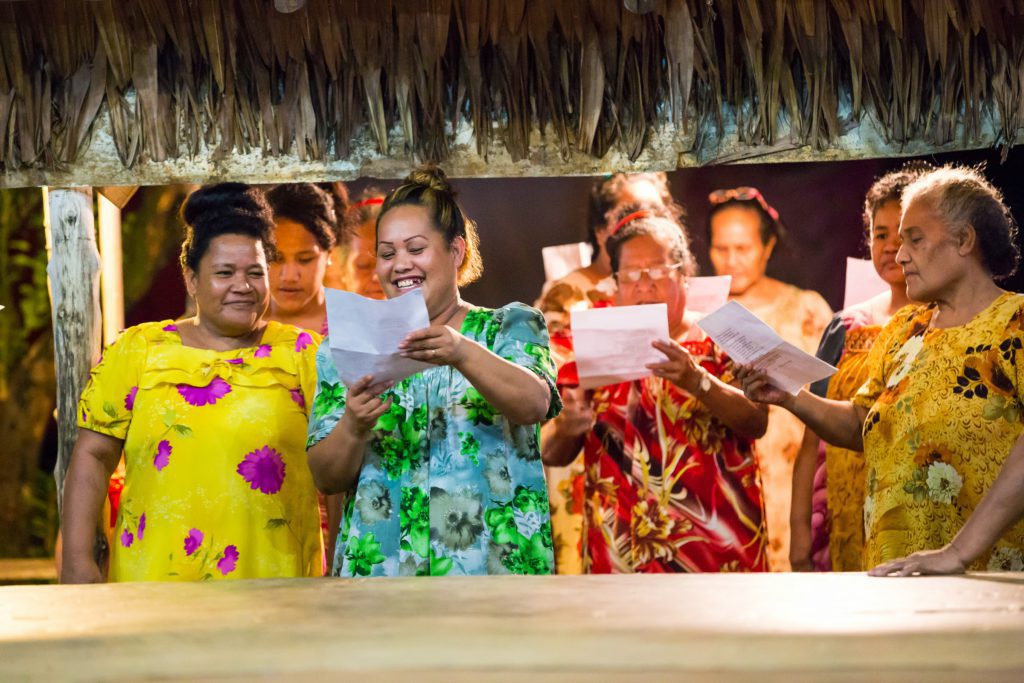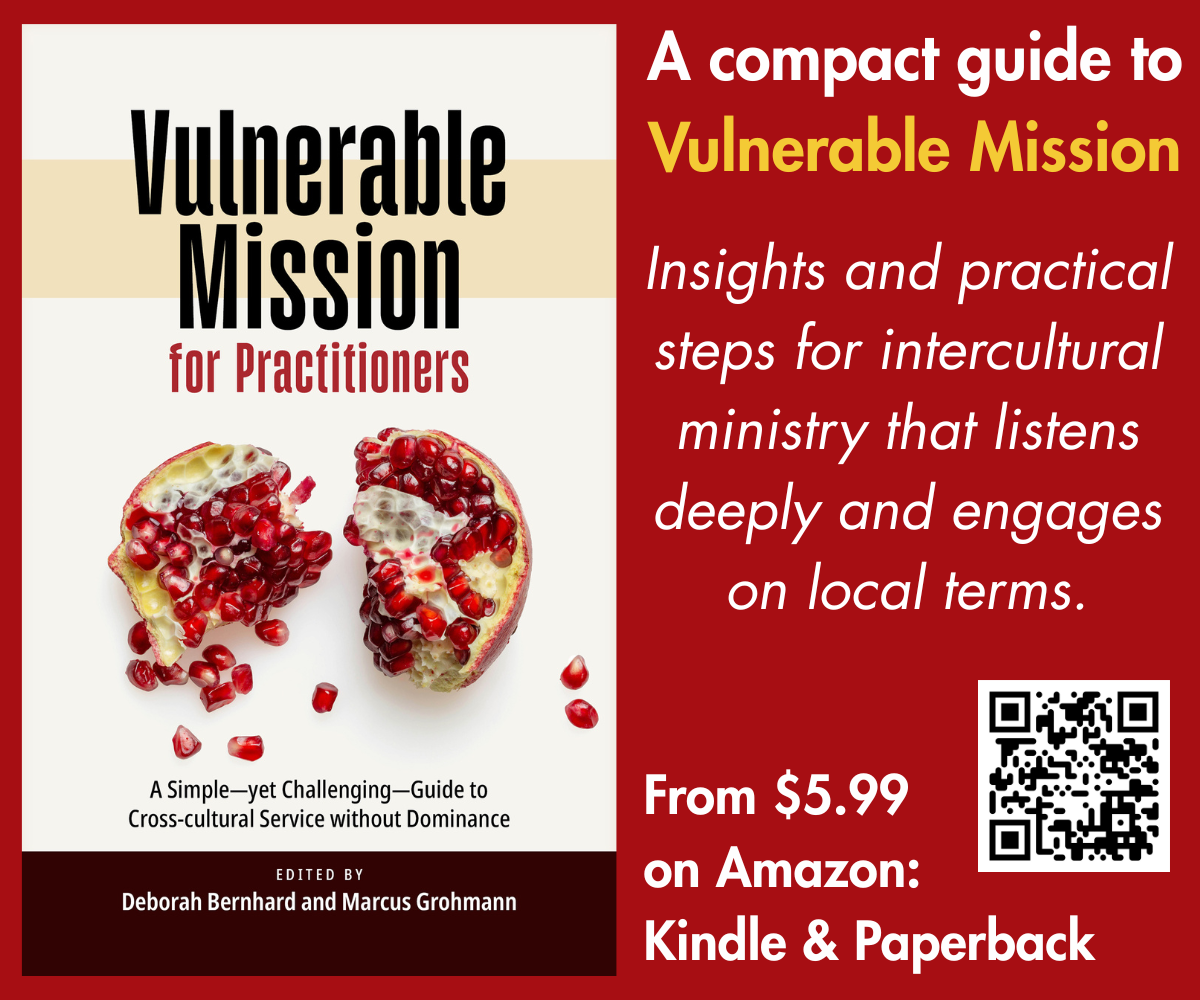EMQ » July–September 2022 » Volume 58 Issue 3

By Heather Pubols
The Kapingamarangi people live on one of the more than 600 islands in the Federated States of Micronesia. In the early 1980s, Kapingan church leaders sent a letter to a Bible translation agency requesting help translating the Bible into their language. Even before a response came, they raised money for the project by selling dried coconut, woodcarvings, and weavings.
More than a decade later when a couple arrived to assist them with translation training and exegesis, the Kapingans had already raised a significant amount of funds and selected dozens of people to work as volunteer translators or reviewers. Work began in earnest, and in less than 20 years, the community completed translating the whole Bible.
Their passion went even further. They shared their translation story to inspire other communities in the Pacific Islands, and even provided funding to help new translation projects in the region.[1]
This is a tiny glimpse into the worldwide Bible translation movement that has rapidly grown in tandem with the expansion of the global Church. It involves a multifaceted and multinational group of clergy and lay people from across all types of churches who work together to see a gospel understood by everyone, and a God that is at home in every culture.
The role of translation is a distinct characteristic in Christian faith. According to Lamin Sanneh, unlike other world religions which maintain a sacred tongue of transmission, translation is the original vernacular of Christianity.[2] Andrew Walls takes this further noting that in the incarnation, God translates himself into humanity, and this gives rise to subsequent translations.[3]
For example, we see the holy language of translation appear prominently at the birth of the church in Acts 2 when the Jerusalem crowd reports hearing the “wonderful things God has done” (v. 11, NTL) in their own languages. Then Holy Spirit–inspired gospel writers translate the very words of Jesus from Aramaic into Koine Greek.[4] And the God who translated himself into flesh continues to use translation as a means to dwell or tabernacle with more and more peoples across the whole earth.
I encourage you to explore the articles in this edition of EMQ which delve into the global Bible translation movement. Missionaries, church leaders, and other staff working for Bible translation agencies will give you a view of where they find inspiration and where they continue to wrestle. And because language and scriptures are so critical to cross-cultural mission, I believe you’ll find overlap with your own areas of ministry. Finally, don’t miss the articles at the end of the edition which look at orality, multicultural teams, and global mobilization.


Heather Pubols
Editorial Director
NOTES
[1] Kate Roberts, “We Have Heard for Ourselves,” Wycliffe News Network, July 10, 2015, https://wycliffenewsnetwork.exposure.co/we-have-heard.
[2] Lamin O. Sanneh. Translating the Message: The Missionary Impact on Culture: The Missionary Impact on Culture, rev. ed. (Orbis Books, 2015. Kindle edition, 104. Sanneh, Lamin. Whose Religion Is Christianity?: The Gospel beyond the West. (Grand Rapids: Wm. B. Eerdmans Publishing Co., 2003), 97.
[3] Andrew F. Walls, Missionary Movement in Christian History: Studies in the Transmission of Faith. (New York: Orbis Books, 1996), 27.
[4] Patrick Johnstone. “Bible Translation and the Cross-Cultural DNA of the Church,” Wycliffe Global Alliance, https://www.wycliffe.net/more-about-what-we-do/papers-and-articles/bible-translation-and-the-cross-cultural-dna-of-the-church.
EMQ, Volume 58, Issue 3. Copyright © 2022 by Missio Nexus. All rights reserved. Not to be reproduced or copied in any form without written permission from Missio Nexus. Email: EMQ@MissioNexus.org.







Thanks, Heather, for a current, clear and compelling intro!